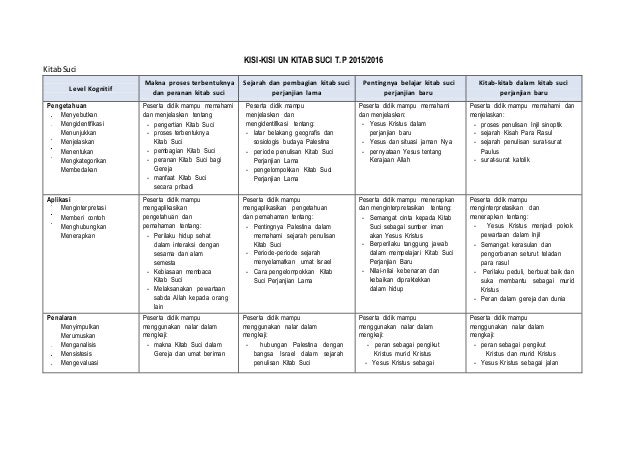
To present the essential mysteries of the faith (Part 2). To be at the service of the mission of the Church (Part 1). Weak link between liturgy and catechesis. The humanity of Jesus at the expense of his divinity. Emphasis on Scripture at the expense of Tradition. Lack of understanding of nature and tasks of catechesis. Active in the “world” but fail to give witness to the faith. Religious movements and moral values (religious indifference, atheism, secularism, relativism) (GDC, 22-23). Culture and cultures (advances in science, technology, media) (GDC, 20-21). Human dignity (justice, peace, human and social development (GDC, 18-19). The GDC indicates that we begin by examining the realities in the world and in the Church (GDC, 16). Begins with the Parable of the Sower – a “shift” in the way we approach catechesis. 
Preaching the Gospel in the Contemporary World Recipient Children Adults, teenagers, children, aged Goal Preparation for sacraments Relationship with ChristĪgent Priests, religious, catechism teachers Community - parents, bishops, priests/ religious/ catechists

Indoctrination/ instruction Catechism/ Experience 4-ecclesial actions Locus Parish (classroom) Community/ family/ parish/ BEC/ groups/ movements
Look also at the Thematic Index on page 289. Take note of the Parts and Chapters of the GDC. Part 5 Catechesis in the Particular Church Part 1 Catechesis in the Church’s Mission of Evangelisation Intro The Realities in which the Church Carries out Catechesis assist in the composition of catechetical directories and catechisms. to be used in forming those preparing for the priesthood, continuing formation of priests and catechists. addressed primarily to bishops, episcopal conferences … and those who have responsibility for catechesis. … to offer reflections and principles rather than immediate applications or practical directives. “… aims to provide the fundamental theological and pastoral principles which are intended for a better orientation and coordination of catechesis.”. GDC… is the official aid for the transmission of the content and for the whole catechetical activity. CCC… is a point of reference for the authentic presentation of the content of faith. Two distinct but complementary instruments at the service of catechesis. to appropriate the content of the faith as presented in CCC (GDC, 7). to contextualise catechesis within evangelisation as envisaged by Evangelii nuntiandi and other documents. General Directory for Catechesis (GDC) - 1997 John Paul II, Apostolic Constitution Fidei Depositum (GDC, 6-7) “I declare it to be a sure norm for teaching the faith and thus a valid and legitimate instrument for ecclesial communion” Redemptoris missio - 1990 on the Vocation and Mission of the Church (John Paul II) (GDC, 5-6). Christifidelis laici - 1987 on the Vocation and Mission of the Laity (John Paul II). Familiaris consortio – 1981 on the Mission of the Family (John Paul II). Catechesi tradendae - 1979 on Catechesis for Our Times (John Paul II). Evangelii nuntiandi - 1975 on evangelisation (Paul VI) – a decisive milestone for catechesis (GDC, 3-4). Rite of Christian Initiation of Adults (RCIA) – 1972. Catechesis has to respond to these developments. Political and social crises, doctrinal inadequacies, influences from global culture and other factors. Developments between Vatican II and the beginning of the new millennium. Directory - provides the orientation, principles and criteria to actualise the deposit of faith (why, how, where, who). Catechism – a normative document of the deposit of faith (what). A directory represented a new development in the Church. General Catechetical Directory (GCD) - 1971 
The fruit of a long process of reflection in papal and Church documents since Vatican II.“… is likely to set the tone for catechesis throughout the universal Church for at least another 25 – 30 years.”.







 0 kommentar(er)
0 kommentar(er)
